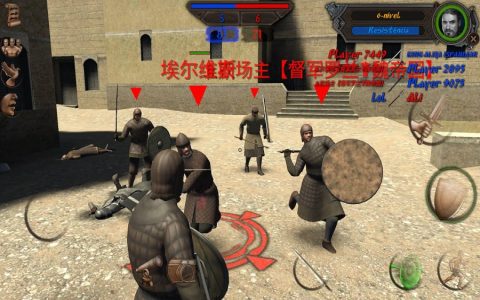The Role of Rope in Baldur's Gate 3
In Baldur's Gate 3, a general-purpose, player-deployed rope item for activities like creating new climbing paths or rappelling is not a standard inventory tool. While you might find "rope" as a miscellaneous or junk item, it does not possess the broad utility seen in some tabletop RPGs or other video games.
Traversal and Environmental Solutions
The game provides numerous alternative methods for navigation, verticality, and overcoming obstacles, negating the common need for a versatile rope item:
- Jump Action: A fundamental movement ability allowing characters to cross gaps and reach higher or lower areas. Strength influences jump distance.
- Spells: Abilities such as Misty Step, Fly, Dimension Door, and Feather Fall offer powerful movement and traversal options.
- Class/Racial Abilities: Some classes or races possess inherent abilities that enhance movement (e.g., Githyanki Psionics: Jump, Monk's Step of the Wind).
- Environmental Interactions: The game world is rich with pre-placed traversal aids:
- Ladders and climbable rock faces/walls.
- Vines that can be climbed.
- Elevators, lifts, and winches.
- Destructible floors or blockades that can open new routes.
- Teleportation sigils or devices.
Contextual Rope Interactions
While you cannot freely deploy rope, you will encounter specific, pre-existing ropes within the environment that are interactive. These are usually:

- Climbable Ropes: Fixed ropes allowing ascent or descent in specific locations.
- Puzzle Elements: Ropes might be part of environmental puzzles, such as operating pulleys, bells, or traps. These are contextual interactions rather than uses of an inventory item.
Therefore, while the fantasy of using rope for daring escapades is appealing, Baldur's Gate 3 channels this through its robust spell system, character abilities, and intricately designed environments.











